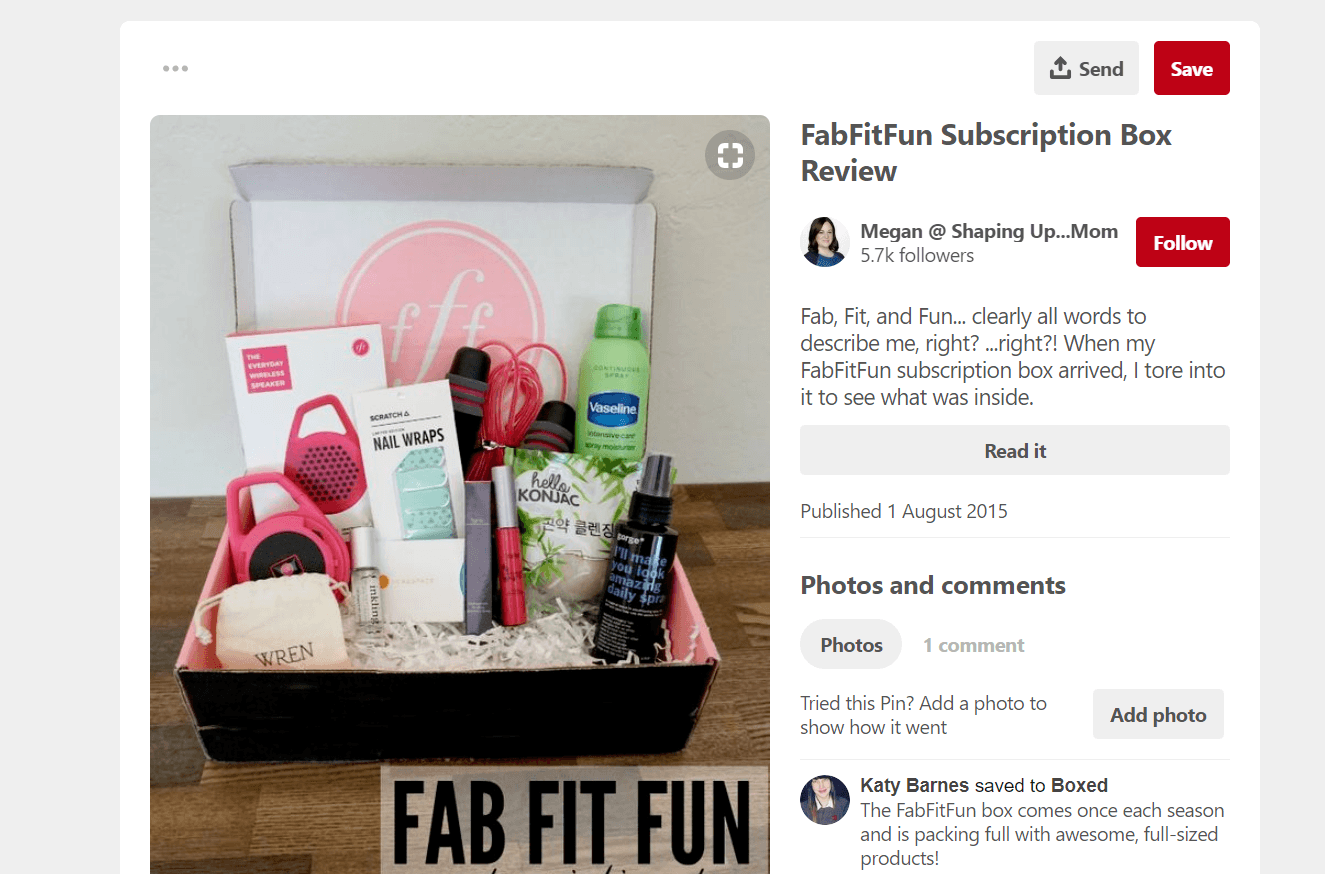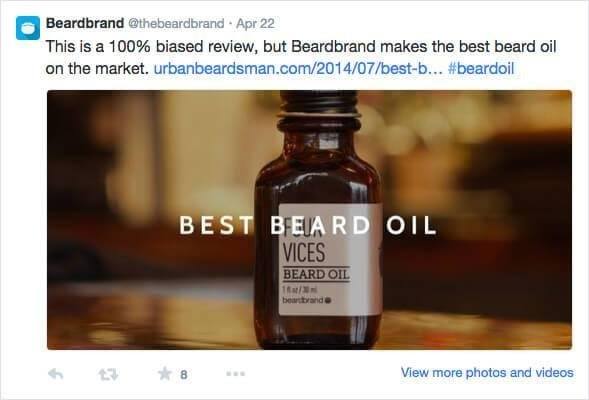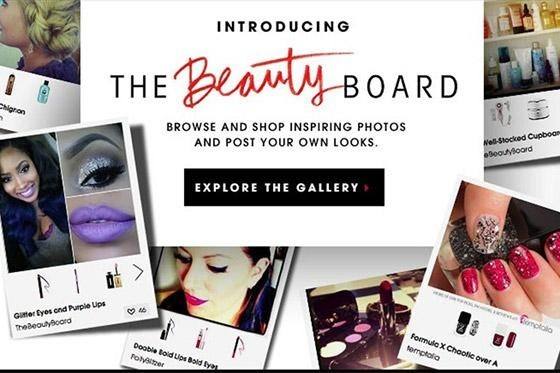Ecommerce Digital Marketing: Why Your Business Needs A Digital Marketing Strategy (With Examples)
By Rodney Laws | Marketing
By Rodney Laws | Marketing

Most successful online store brands embrace a range of tactics as part of their ecommerce digital marketing strategy, with their approach including everything from email to social media.
Done right, ecommerce marketing can be used to build your brand, increase sales, and provide a personal level of customer service.
If you’re new to ecommerce and struggling to find ways to grow your audience, don’t fear — in this article, we explore the fundamentals of ecommerce marketing and hope to inspire you with six awesome real-life examples.
Ecommerce marketing is an umbrella term encompassing several different components:
Together, these components are used to attract potential customers and improve the bottom line in your ecommerce business.
Driving awareness and actions towards your product and service is the aim of marketing, so let’s take a deeper look at the strategies you can adopt to help boost online sales.
There are many digital marketing strategies ecommerce businesses can adopt. In this section, we explore the types of tactics available to your operation.
Social media marketing is all about leveraging the web’s most popular social networking platforms to connect with your audience and post content people love to share.
Not every platform is appropriate for your brand, so it’s important to match the tone and type of content you produce with the audience you want to reach. For example, Instagram lends itself to highly visual users, allowing you to capture a sharp image of your brand. For more information, check out our guide on Instagram ecommerce marketing.
Nowadays, many social platforms also allow you to create shoppable content, meaning you can sell directly to your audience from your account.
Content is king, especially when trying to promote products online and appear more frequently in your target markets’ Google search results.
Create a portfolio of relevant blog posts and shareable images to position yourself as an industry authority in your given niche. Here are some quick tips:
From creating unique articles to upgrading existing ones, content marketing is all about guiding leads and potential customers down the sales funnel.
Search engine marketing (or SEM) is a combination of organic SEO and paid advertising.
On one side, SEO relies on your knowledge of search engine algorithms; on the other, SEM can also involve clever use of paid Google ads (and display ads) to take up an optimum amount of space in the SERPs.
Email marketing isn’t dead — and as one of the oldest forms of digital marketing, it holds a special place in the world of ecommerce.
By capturing a user’s email you can:
Email is important for maintaining a connection with leads, but not everyone is happy to be contacted. Nowadays concerns around user privacy run high, so be careful when selecting people for your mailing list and make sure you follow current GDPR protocol.
Need some inspiration to kick your ecommerce marketing strategy into gear? In this section, we highlight some of the best marketing examples from popular brands around the web.

Image: Newegg Studios
Newegg Studios comprises a team of experts obsessed with all things tech, gaming, and DIY.
Its hugely successful YouTube channel is packed with original videos detailing the latest product releases and industry news. Why is this strategy effective? Newegg understands its customer base and what they want to see – their mixture of reviews and interviews spark lively debate among viewers and put value before commercial intent.

Image: IKEA
We’re all aware of IKEA’s modular, DIY homeware range, but did you know that they’re also pretty savvy on the social front? IKEA makes the most of user-generated content to drive sales by asking customers to take photos of their favourite IKEA products and post them on Instagram, using specific UGC hashtags that distinguish them from regular posts.
The incentive for this approach is that a few lucky customers receive their favourite items for free – a small price for IKEA to pay in return for users voluntarily posting their products across Instagram and Pinterest.
Another of Ikea’s strengths is its willingness to run with playful promotions, like the time the Exeter UK branch hosted a sleepover in its warehouse. This came about as a response to a growing Facebook fan group with hundreds of thousands of members: ‘I wanna have a sleepover in IKEA’. 100 participants were chosen and the whole thing was captured on video:
These unusual prizes help IKEA to maintain its active online community through unique experiences. IKEA Australia later offered one couple the chance to get married at an IKEA store on Valentine’s Day.

Image: FabFitFun
Health and beauty brand FabFitFun makes the most of Pinterest by using shoppable pins that drive users directly to their website – in many cases, to a set promotional landing page.
Moreover, they’re killing it with influencer marketing, sending subscription boxes out to bloggers who review their products in return for referral commissions — it’s word of mouth marketing gone digital.

Image: @EnsoRings
Enso rings are a modern brand selling top-rated wedding rings and composite silicone rings designed for people with active lifestyles.
The brand uses Facebook retargeting to capture lost leads and raise brand awareness, using the carousel advertisement functionality to drawback customers who have already been on their website. Remarketing works by following leads around the web with tempting offers – if you shop online, you’ve probably noticed this happening yourself!

Image: @beardbrand
Beardbrand is a modest but incredibly popular Shopify store that sells beard oil for the modern bearded man. They’re masters of tone, particularly on Twitter. In the tweet above, they manage to brag about their products in a way that’s light and cheeky – so the brag is easily forgiven. Being able to get your brand’s personality across on social media is important; there are far too many businesses making noise on there already. A little humor can go a long way.
Beardbrand also does an amazing job maintaining its cohesive Instagram aesthetic – dark, strong, muted colours, sharp lines, and high contrast. Plus, of course, lots of handsome, bearded men. It’s masculine, but not aggressively so, and brings in a lot of natural materials as well as the occasional ‘arty’ photo to mix things up.

Image: @bearbrand
Beardbrand’s posts regularly get likes and comments in the hundreds of thousands, all the while maintaining its authentic, quirky tone. Overall, it’s refreshing to look at and does a great job of staying true to its brand identity.

Image: Sephora
Beauty brand Sephora has its social media strategy nailed, regularly taking to Instagram and Vine with beautiful product photos and smart videos that show what their products can do.
But what also sets them apart is their Beauty Board – an exclusive social site for its members that brings all of its online communities together, including Beauty Talk and Sephora TV. Talk about doing things your own way!
Creating an ecommerce marketing strategy is about adopting a range of successful practices and making them your own. From social media to email marketing, make the most of all the channels this digital world has to offer when advertising online.
Now it’s over to you — which of these marketing strategies can you apply to your own business? Remember, you don’t need to do everything; simply choose what makes sense for your ecommerce brand, and carefully track the results.